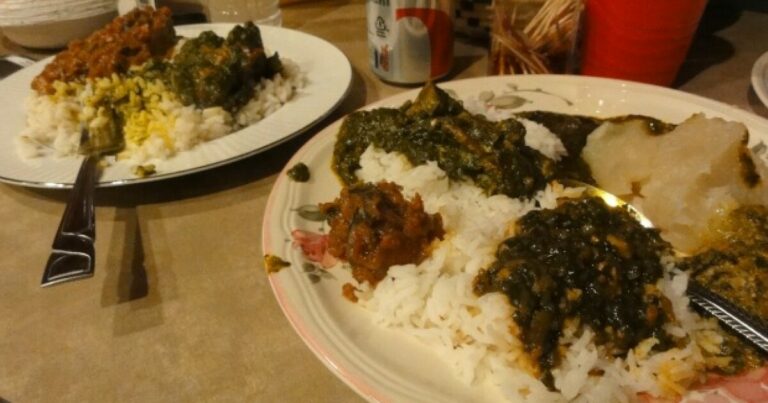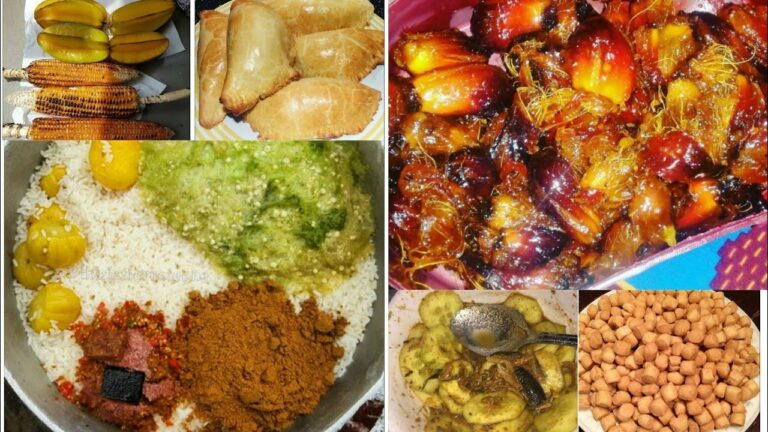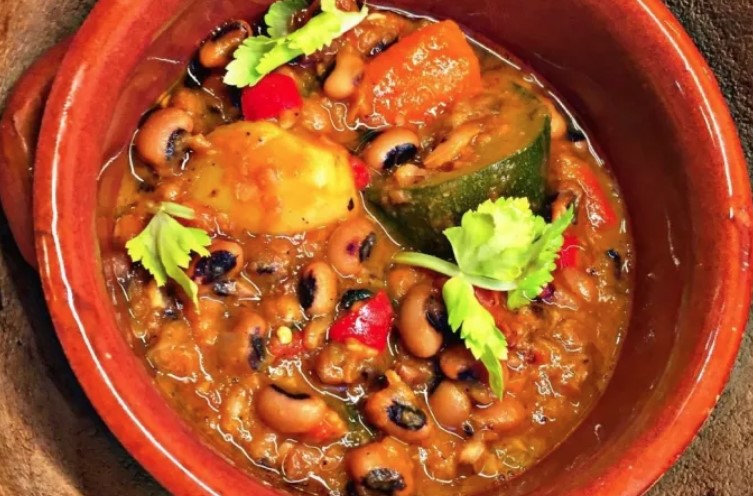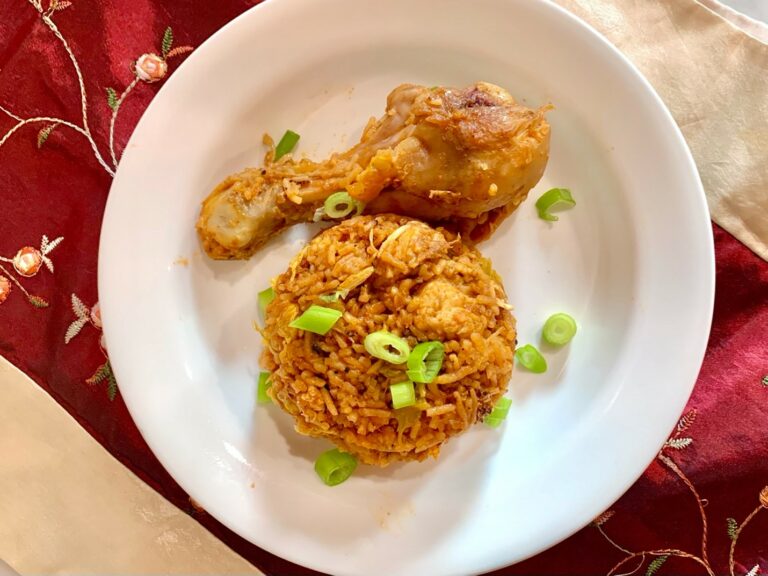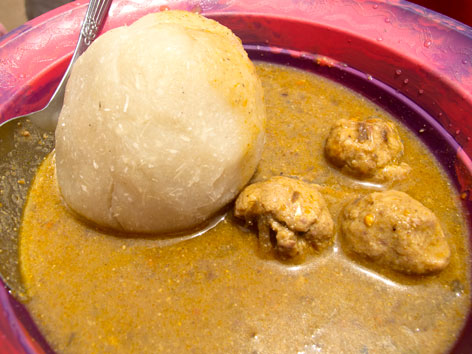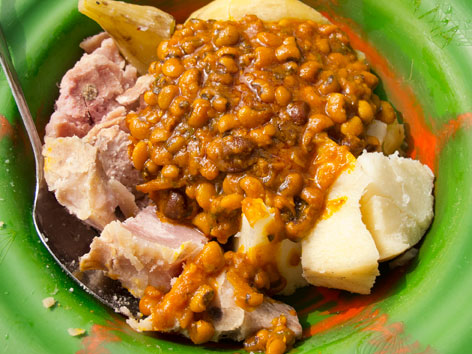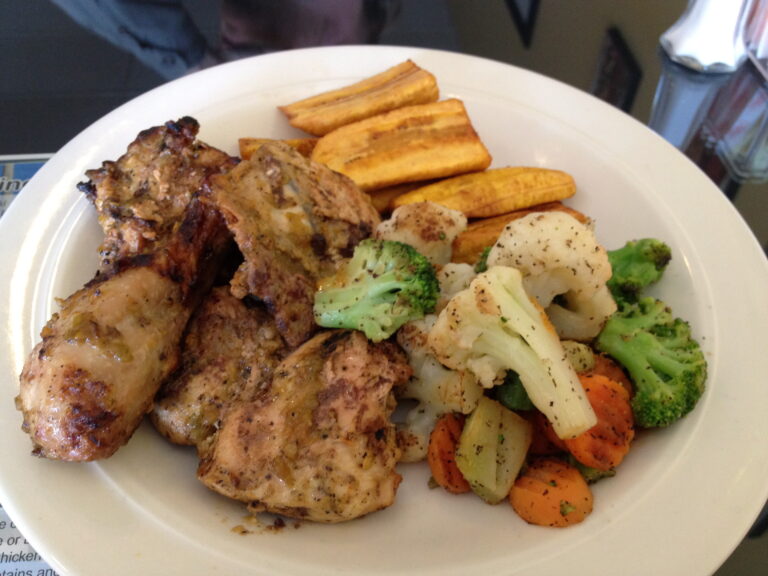Introduction: Sierra Leonean cuisine
Sierra Leonean cuisine is a blend of various cultural influences, including indigenous African, British, and Portuguese foods. Generally, Sierra Leonean cuisine is characterized by its rich and spicy flavors, with a heavy emphasis on meat-based dishes. Sierra Leonean food is centered around starchy foods, like cassava, rice, and yams, and is usually accompanied by a protein source, such as fish, chicken, or beef.
Meat-based dishes in Sierra Leone
Meat-based dishes are a staple in Sierra Leonean cuisine. Popular meats used in Sierra Leonean dishes include beef, chicken, goat, and fish. Some of the most popular meat-based dishes in Sierra Leone include Cassava Leaves with Meat, which is a stew made of cassava leaves and either chicken, beef, or fish, and Groundnut Soup, which is a peanut-based soup that often features chicken or beef.
Vegetarian options in Sierra Leonean cuisine
While meat-based dishes are popular in Sierra Leonean cuisine, there are also plenty of vegetarian options available. Vegetable stews, like Potato Leaf Stew and Okra Stew, are popular vegetarian dishes in Sierra Leonean cuisine. Additionally, beans and lentils are often used as a protein source in vegetarian dishes, such as Red Red Stew, which is made of black-eyed peas and plantains.
Vegan options in Sierra Leonean cuisine
Vegan options in Sierra Leonean cuisine can be more limited, but there are still some options available. Most vegan options in Sierra Leonean cuisine are centered around vegetable stews, like Cassava Leaf Stew or Groundnut Soup. However, it is important to note that some Sierra Leonean dishes may contain animal products, like fish or meat broth, so it is essential to check with the cook before ordering.
Traditional vegetarian and vegan dishes
Some traditional vegetarian and vegan dishes in Sierra Leonean cuisine include Akara, which is a deep-fried bean cake, and Fried Plantains, which are a popular side dish. Additionally, Jollof Rice, which is a spicy rice dish made with tomatoes, onions, and peppers, can often be made vegan or vegetarian by simply omitting the meat.
Conclusion: The growing trend towards plant-based diets in Sierra Leone
While meat-based dishes are still very popular in Sierra Leonean cuisine, there is a growing trend towards plant-based diets in the country. With the increasing awareness of the health and environmental benefits of plant-based diets, more people are choosing to incorporate more vegetables, beans, and lentils into their meals. As a result, there are more vegetarian and vegan options available in Sierra Leonean cuisine than ever before.

